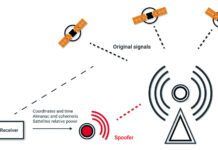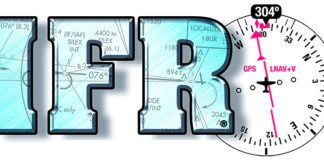The FAA told air traffic controllers to stop using a procedure that allows airplanes to land and take off in the opposite direction from normal, after a mix-up with three commuter jets in Washington on July 31. The FAA didn’t blame the incident on the procedure, however, saying it was due to a communication lapse between Reagan Tower and Potomac Approach. Acting FAA administrator Michael Huerta emphasized that, “At no time were the aircraft on a head-to-head course and the aircraft remained at different altitudes.”
The NTSB posted online more than 900 pages of documents plus photographs related to the fatal crash at last year’s National Championship Air Races in Reno. The Board concluded that the Galloping Ghost, flown by Jimmy Leeward, reached a maximum acceleration of 17.3 Gs after a roll upset, in which the airplane reached a roll angle of 93 degrees, left wing down. The documents also examine several photos that show the departure of a trim tab from the airplane’s elevator. Leeward and 10 people on the ground were killed when the racer crashed.
The FAA submitted a report to Congress titled “Aircraft Certification Process Review Reform,” which could ultimately affect the cost of new aircraft. GAMA President and CEO Pete Bunce said the report is “an important first step” but “much work remains.” A main thrust of the FAA’s initiative is ensuring that future certification processes will be more efficient than old ones. Of course, this would be a governmental definition of “efficiency” so we’re not holding our breath.
New chapters of IMC Club International, Inc., brings the total number close to 40. The club encourages creation of local communities of pilots who meet to discuss topics and share information specific to instrument flying. Members call it “organized hangar flying.” Radek Wyrzykowski, the club founder, says one of the primary goals of the IMC Club is to increase pilot confidence and proficiency by training in actual instrument conditions and then discuss their experiences in the environment of a chapter meeting. Their website is www.imcclubs.org.
Scientific American published an article last August that many pilots probably missed, but might find worrisome. The article titled “Deadly Rays from Clouds” reveals that thunderstorms might routinely emit gamma rays. Early tests flying around (and slightly inside) thunderstorms detected gamma rays almost continuously at low levels, but they pointed out that a direct blast by the high-energy events that also happen could give passengers and crew of an aircraft a “lifetime’s natural radiation dose in a fraction of a second.” They concluded that this wasn’t a big deal because pilots avoid thunderstorms anyway. Uh, right.
Honeywell releases IntuVue 3-D radar it claims can predict the presence of hail, lightning and turbulence, giving up to 10 minutes warning for jets … Canadian Forces Snowbirds aerobatic jet team plans to retire their CT-114 Tutors … Third test of an unmanned X-51A Waverider hypersonic aircraft design failed … New Army airship capable of 2500 pounds of payload and an endurance of “several weeks” successfully completed first flights … Texting and talking on a cellphone while flying cited in a fatal crash in Canada last year … Raikhlin Aircraft Engine Developments (RED) announced 500-HP, V-12 diesel that could burn 15.5 GPH at cruise … Researchers find debris field of “manmade objects” in area where they think Amelia Earheart’s Lockheed Electra may have gone down … Two gliders competing in the 15-meter class at the World Gliding Championships collided but the pilots escaped without injury … Pilots Bill of Rights may create extra recordkeeping for all CFIs … Well-known and respected flight instructor and simulation-training expert Linda Dowdy passed away at age 72 … For breaking news in general aviation, log on to www.avweb.com.




